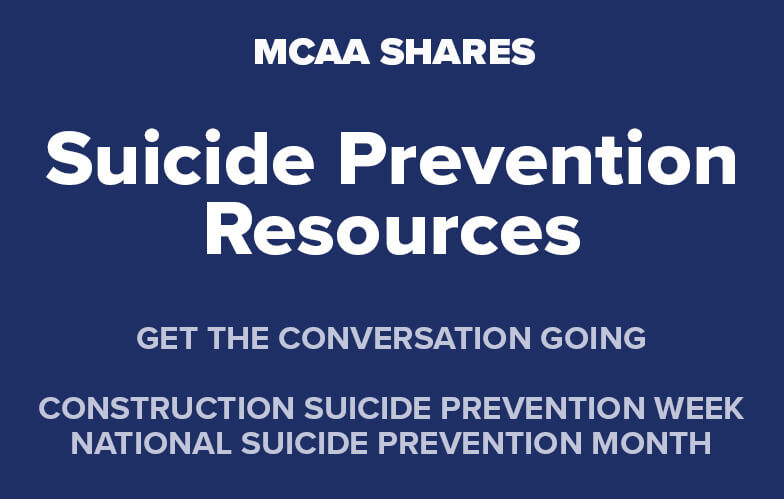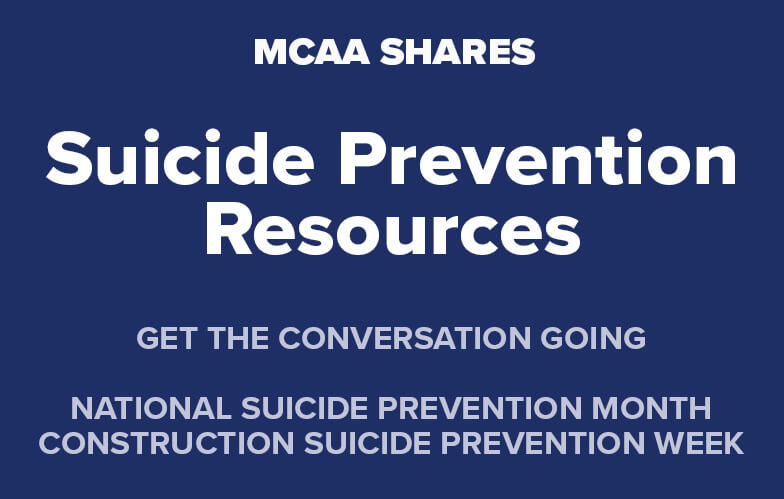
Demand for the PPP may be fading: There were a few articles that came out on May 11 (example CBS and Business Insider) indicating that the demand for PPP loans seem to be slowing, one article indicated that as much as 40% of the second tranche of funds remain available. This is likely the result of the recent surge of comments from various sources (Mnuchin, Treasury, etc.) which have led companies to question eligibility, but also an indicator that general demand is finally being met. For those who are still attempting to attain a loan, it appears there is still time.
Comments from the SBA Inspector General: The Office of Inspector General’s mission is to “provide independent, objective oversight to improve the integrity, accountability, and performance of the SBA.” This group authored an analysis of the PPP implementation process and also outlined some concerns regarding the forgiveness process and the term of the loans. There is a lot to unpack with respect to the document but here are some thoughts that were drawn from and important expert (below). We don’t yet know if this document will somehow influence changes in the program, given the nature of the covered period, there is very limited time to do so. It is possible that it will only be informational, we will see:
- Term of the loan: The CARES act allows for PPP loans to have a maturity of up to 10 years, however in practice a two year repayment term was established for all PPP loans. The Inspector General questions if a two year repayment term creates undue financial distress for borrowers. It will be interesting to see if term are extended.
- The “75% rule”: The Inspector indicates that a borrow “who do not use at least 75 percent of the loan for payroll may not be able to have all of their loan forgiven.” This is important because the language is a clear indication that the 75% threshold is not a “binary” calculation, meaning if you less than 75% of the proceeds on payroll NONE of your loan is forgiven. There has been a great deal of diversity/debate on how this language should be interpreted, this analysis aligns with our current thinking, which is that a borrower does not need to spend 75% of their loan proceeds on payroll, however, forgiveness on non-payroll costs will limited up to a maximum of 25% of forgivable expenses incurred/paid.
- Suggestion to change the 75% rule? – The last sentence urges that it “may be important to consider” that many companies will have significant non-payroll costs in excess of the 25% threshold. This has certainly been a problem for industries such as retail and restaurants.
“In addition to the 75-percent payroll criteria, the maturity term established by the Administrator and the Secretary would require the borrowers to repay any amount not eligible for forgiveness within the remainder of the initial 2-year term. The Act, however, allowed for a maximum maturity of up to 10 years. SBA’s requirements could result in an unintended burden to the borrowers. For example, PPP borrowers who do not use at least 75 percent of the loan for payroll (therefore use more than 25 percent of their loan proceeds for nonpayroll expenses) may not be able to have all of their loan forgiven. It may be important to consider that many small businesses have more operational expenses than employee expenses. Our review of data from round one found that tens of thousands of borrowers would not meet the 75-percent payroll cost threshold and would therefore have to repay the amount of nonpayroll costs in excess of 25 percent in less than 2 years.”
Reminder Section: (what should I be doing):
- Call your payroll company about claiming the payroll tax deferrals and employee retention credits that were made available in the CARES Act.
- Talk to your payroll company about the Sick Pay Bill (passed prior to the CARE Bill).
- Be in constant communication with your bank (about status of your PPP application).
- Consider speaking with your bank to discuss changes to terms of existing debt facilities. The banking system remains strong.
- If you have already applied for the PPP, start forecasting how you intend to spend the funds and how to qualify for the highest amount of forgiveness possible.



